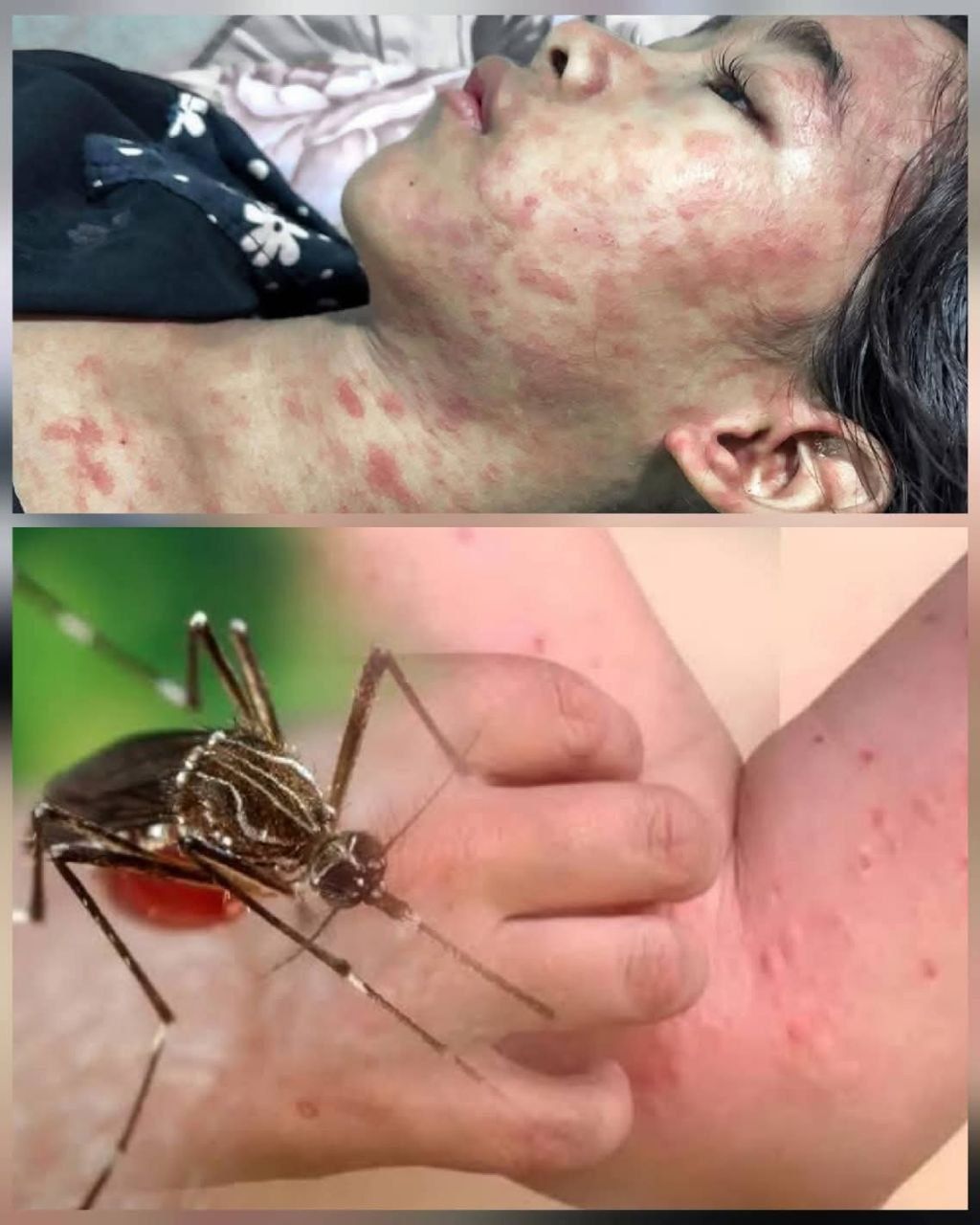A serious health alert has emerged from China after authorities confirmed a major outbreak of chikungunya, a mosquito-borne viral illness that has now affected more than 7,000 people, with Guangdong province identified as the hardest-hit region. The news has prompted international concern and immediate action from global health agencies, including the United States Centers for Disease Control and Prevention (CDC), which has issued a Level 2 travel advisory urging Americans traveling to China to practice enhanced precautions and consider vaccination if heading into outbreak areas.

While chikungunya is rarely fatal, the disease is notorious for its debilitating and sometimes long-lasting symptoms, particularly severe joint pain that can linger for months or even years. Chikungunya is transmitted to humans through the bites of infected mosquitoes, most commonly the Aedes aegypti and Aedes albopictus species, which are also known carriers of other illnesses such as dengue and Zika. Unlike influenza or other contagious viruses, chikungunya does not spread directly from person to person through casual contact, though there is a small possibility of blood transmission in specific circumstances, such as transfusions. The illness is characterized by a rapid onset of symptoms, usually appearing within three to seven days of infection. The most common signs include high fever, severe joint pain and swelling, muscle aches, headaches, fatigue, nausea, and sometimes a rash.
What makes chikungunya particularly troubling is the intensity and persistence of the joint pain, which often becomes a defining feature of the disease and can interfere with mobility and quality of life long after the fever and other symptoms subside. Older adults and people with pre-existing medical conditions are especially vulnerable to prolonged joint issues, which may worsen in extreme weather conditions. Although the illness typically resolves without the need for hospitalization, treatment for chikungunya focuses on managing discomfort and reducing inflammation. Doctors generally prescribe pain relievers and anti-inflammatory medications, along with recommendations for rest and adequate hydration to support recovery.
For most patients, fever and acute symptoms last only a few days, but the residual pain in joints can extend recovery time significantly. The good news is that despite its severity, chikungunya is rarely fatal, though higher risks remain for newborns, the elderly, and individuals with weakened immune systems or underlying health problems, who may develop complications. Preventing infection is considered the best defense, and health agencies strongly emphasize reducing exposure to mosquito bites as the primary strategy.
This includes practical steps such as applying insect repellents that contain DEET or eucalyptus oil, wearing long-sleeved shirts and full-length pants to minimize exposed skin, and using mosquito nets while sleeping, particularly in regions where chikungunya is actively spreading. Households and communities are encouraged to eliminate standing water around homes and public spaces, since stagnant water serves as breeding grounds for mosquitoes, and to install protective screens on windows and doors to reduce indoor exposure. Additionally, limiting outdoor activities during peak mosquito activity times—typically dawn and dusk—provides an added layer of protection.
Historically, chikungunya has posed a recurring challenge in multiple regions around the world. The World Health Organization notes that the virus was first identified in Tanzania in 1952 and quickly spread across parts of Africa and Asia in subsequent decades. Urban outbreaks were recorded in Thailand in 1967 and in India during the 1970s, setting the stage for the virus’s continuing global presence. In the modern era, changing climate conditions and increasing urbanization have created more favorable environments for mosquito breeding, heightening concerns that outbreaks may become more frequent and widespread.
To combat this, the United States currently has two vaccines available: IXCHIQ, a live-attenuated vaccine, and VIMKUNYA, a virus-like particle vaccine, both of which provide options for individuals planning to travel to or live in areas with confirmed outbreaks. The unfolding situation in China underscores the importance of global cooperation in monitoring and controlling mosquito-borne diseases, as well as the need for individuals to remain vigilant. For travelers, the CDC’s advisory highlights the seriousness of the outbreak and the necessity of personal protective measures. For residents of affected areas, consistent community-wide mosquito control efforts are crucial to curbing the spread of the virus.
While there is no cause for alarm on a global scale at this stage, the outbreak serves as a reminder of how quickly public health conditions can shift when vector-borne illnesses emerge in densely populated regions. Staying informed, practicing prevention, and seeking medical attention if symptoms arise remain the most effective tools in mitigating the risks associated with chikungunya. Disclaimer: The information presented here is intended for general awareness and does not replace professional medical advice. Anyone with concerns about travel, vaccination, or potential symptoms should consult a qualified healthcare provider for personalized guidance.





